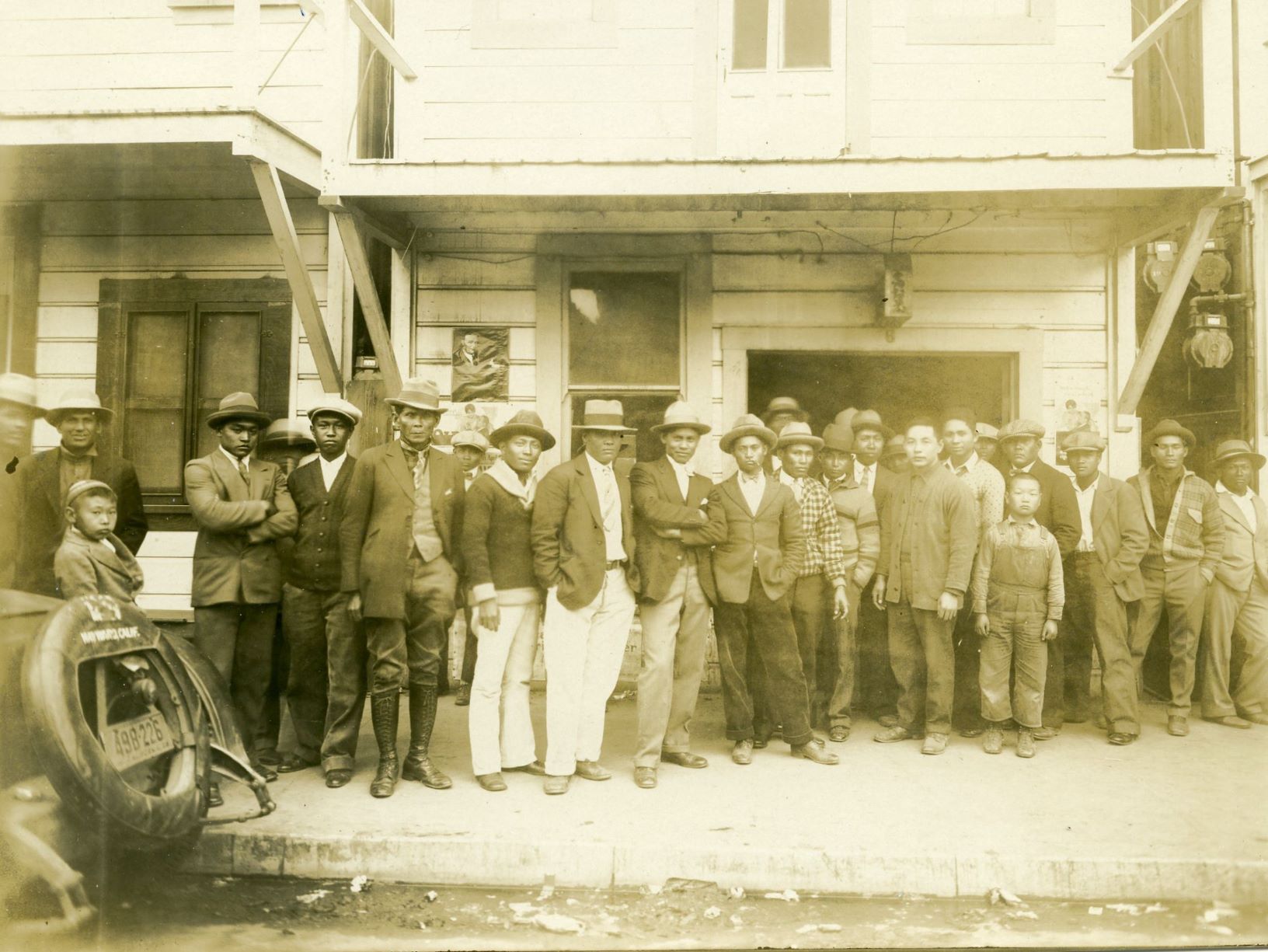The final meeting, for Chinatown business and property owners, was the real eye-opener for me, and a reminder of just how multicultural Chinatown has become. Fortunately, the facilitator, Noé Noyola, did a great job of translating in Spanish and English, and making sure everyone had their say.
Most of the business owners who showed up were Latino, and owned auto mechanic and auto body businesses, and a number of their employees came too, still wearing their work clothes. I learned that many were long-time business owners who had been in “Barrio Chino” for 20 or more years. For almost all–as working-class folks–Chinatown offered an opportunity to start businesses because of the low property costs; many of them have managed to maintain their businesses and faithful clientele over the years, despite having to address neighborhood problems related to drug dealing and violence, the homeless, or issues related to zoning, one-way streets, and other infrastructure changes that have created barriers between Chinatown and Downtown. There was some fear that revitalization and up-scaling would push these smaller businesses out.
The discussion was emotional, and many heart-felt opinions were expressed. One of the property owners was Japanese, and related how her family’s life and business was interrupted when they were sent to internment camps during WWII. A Filipino property owner, whose property now houses the Chinatown Health Center used by the homeless, expressed frustration at past efforts to improve the area, curtailed by recession and other failures.
We wanted everyone to know that their presence as business and property owners was important to the neighborhood. I think that one of the auto-body business owners summed up the outcome of the meeting best when he stressed how vitally important it is that everyone show up at these meetings and make their voices heard; that we need to respect each other and collaborate together to make the neighborhood better, not just for ourselves, but for our families and children. As Noé observed, the changes that happen in Chinatown are not limited to Chinatown; they affect all of Salinas.
—Jean Vengua

